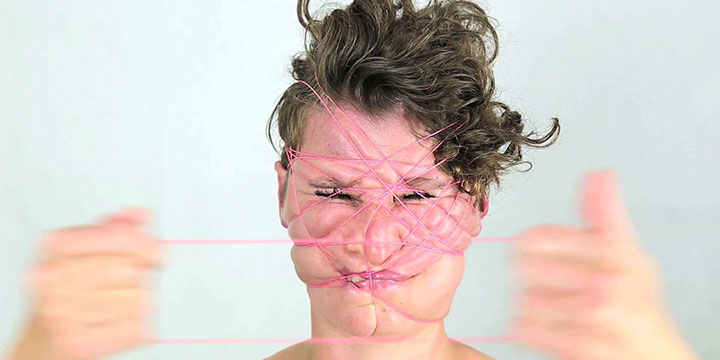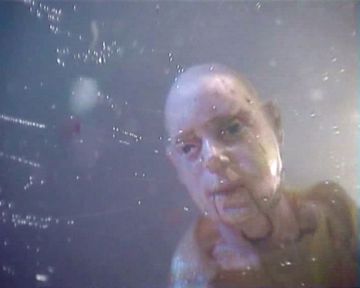Retrospectives: Birgit Hein and James Benning
With Videonale Scope, Videonale Bonn opens a new series of events dealing with the crossover and the interfaces between film and video art. The programme, curated by Daniel Kothenschulte, will start with retrospectives of two world-famous film artists who have influenced the film avant-garde for some forty years: Berlin-born Birgit Hein and American James Benning. Both of them will be there to discuss their works with the spectators. However much their positions may differ – Hein, with her collages and their frequent explosive cuts, was a pioneer of found-footage film, while Benning is known for his long, austere landscape shots – they have much in common: They were both born in 1942 and were successful in the experimental field of structural film; both drew upon the rich aesthetic pool afforded by the early cinema, and, as university teachers, inspired numerous, now well-known film makers.
www.videonale.org
www.facebook.com/videonale
In 1968, Birgit Hein was one of the organisers of the legendary X-Screen-Festivals in Cologne. Together with her husband Wilhelm, she created film collages which radically deconstructed found material in order to reveal how the films operated. At the same time, she called into existence the politically-based scepticism about the institutions which produce moving pictures. In 1977 in Cologne, together with Wulf Herzogenrath, she curated the legendary exhibition “Film as Film”, a milestone in the opening of the art world to avant-garde filmmakers – Videonale is bringing them together once again for a discussion on this theme. After the separation from Wilhelm Hein, she created pathbreaking essay films which, in their highly individual approach, were viewed as contributions to the influential discussions about gender, violence and feminism.
In James Benning’s first full length film 11x14 (1977), shots of the middle west of the USA taken with a static camera are merged into a paradox narrative. The painterly camera work is underlined by a contrapuntal interplay of image and sound. Although no direct reference was made to the contemporary photographic art of a Stephen Shore, Lewis Baltz or Bernd and Hilda Becher, Benning’s films are similarly positioned at the interface between documentary and artistic portrayal of reality. He is no less interested in natural beauty than in urban sprawl and industrialisation. In Ruhr (2009) he was able to depict the “Kohlenpott” (the Ruhr industrial area in Germany) in six long, fixed-camera shots of laconic beauty: A tunnel, a wood, a factory, a mosque, graffiti and a chimney stack. The film Double Play: James Benning and Richard Linklater, first presented at the Venice Film Festival, can be seen in Germany for the first time.











































